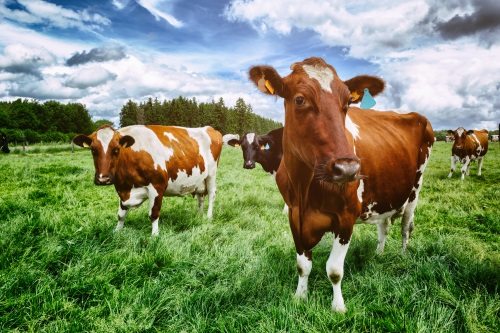The global dairy market outlook will remain weak throughout 2016, but with more upward pressure on prices as we head into 2017, according to the Rabobank Global Dairy Quarterly Q1 2016 report.
Global dairy commodity US dollar prices have continued to stumble along a market floor largely determined by the level of EU intervention support.
The short-term outlook remains pessimistic.
In the face of a cripplingly long price trough entering 2016, production growth in the world’s milk production regions has continued to slow.
“Looking forward, the news is by no means all bad for the dairy industry,” says global dairy strategist Kevin Bellamy.
“With the exception of Brazil—gripped by the worst recession in a generation—Rabobank sees dairy consumption continuing to grow in Asia, as well as in the US and EU.”
The organization expects that, throughout 2016, slowing production growth will be matched by slow, but steady consumption growth in most main export regions.
In Europe, low farmgate prices will mean production growth will slow as farmers focus more on cost-saving than expansion.
However, while European production growth will moderate, production levels will not fall, requiring the world market to find a new pricing balance.
The 2015/16 season production in New Zealand will be higher than expected due to increased summer rainfall.
US farmgate prices are likely to move down in response to weakening trade balance and growth in inventories.
Worse-than-expected production in 2H 2015 has led Rabobank to cut its China production forecast for 2016.
Production continues to contract in Argentina and Brazil, as very high feed costs keep farmers’ margins under intense pressure.
The current season will be mostly break-even for Australian producers, while margins will also be tight.










